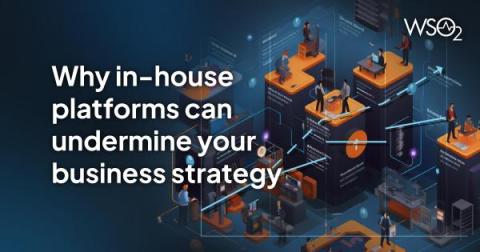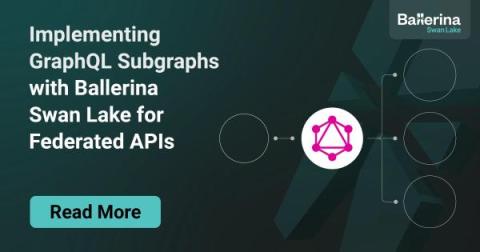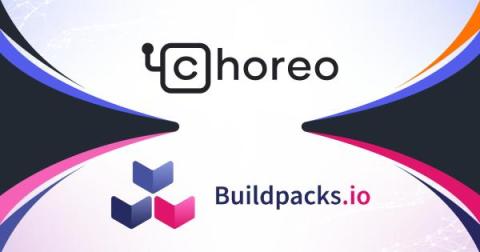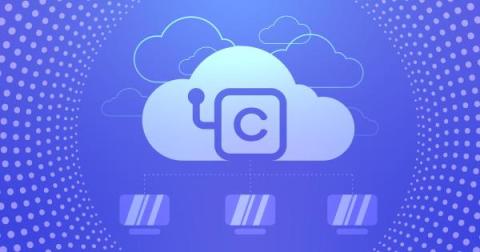The Illusion of Control: Why In-House Platforms Can Undermine Your Business Strategy
In the rapidly evolving tech landscape, the promise of control reigns supreme. And, it’s why founders, CEOs, and technical decision-makers are increasingly drawn to the idea of building in-house platforms. The appeal is understandable: complete sovereignty over every layer of the tech stack, from the user interface down to the most granular data interactions. It's an intoxicating vision that promises a bespoke solution tailored precisely to a company's unique needs.











